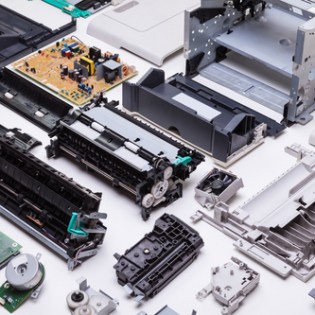Beyond satisfying complex regulatory requirements, labeling in the pharmaceutical world faces a myriad of challenges. It gets harder with the fact that the pharmaceutical supply chain is just as complex as the laws that seek to regulate the industry. Ingredients are shipped in bulk, repackaged then reshipped. By the time a drug finds its way to the manufacturer producing a finished product, multiple tiers of trade have been overcome. Often times, international borders are crossed not once, twice or even thrice but several times. Throughout all these processes, one factor remains vital – labeling. This poses challenges which seek innovative long-term and permanent solutions. Such challenges include:
Inconsistent Branding
Brands convey innovation, expertise, safety, breadth of care and concern for the consumer. Disjointed product labeling processes make it hard for stakeholders to consistently apply branding guidelines as well as standards to products that are manufactured and distributed worldwide. More often than not, this translates to increased regulatory scrutiny and lost sales. In dire situations, the challenges can also pose risks to consumers. With the wrong approach to drub labeling it is difficult and somewhat impossible to track recalled batches. The only solution here is compliance with laws put up in place in different jurisdictions as far as labeling and distribution is concerned.
Language
This is perhaps the most common challenge when it comes to distributing products across international borders. Bi-lingual and multi-lingual countries stand out as harder challenges. Your product must be labeled in languages that are widely spoken in a given jurisdiction. While this sounds obvious and something pharmaceutical challenges should always do, it is a requirement that is both costly and time consuming. There are translation costs which accompany labeling costs.
Unit Measurements
Units are measured differently world over. A tray in one country may mean 12 while in other it may mean 30. There is therefore the need for manufacturers to familiarize themselves with what works in different countries. Only then can one think of standardization as a solution to different unit measurements around the world.
Counterfeits
Manufacturers and distributors count losses to the tune of billions of dollars each year as a result of rampant counterfeits. The challenge seems to get worse by the day in remote countries where regulatory frameworks do not address the problem comprehensively. Before long, counterfeits find way into markets. Consumers quickly notice how ineffective or even harmful the drugs are. By the time they realize what they use are counterfeit products, their faith in affected brands has been seriously eroded. Fortunately, innovative solutions emerge daily to curb the vice. Bar codes and QR codes step in as solutions that should be embraced by manufacturers and distributors.
The Future
All the aforementioned challenges have and may always be there. This means as a distributor, the best you can do is cooperate with local authorities. You may also have to come up with innovative solutions tailor-made to address your specific challenges. Either way, the future looks bright in the pharmaceutical industry with an ever increasing demand for pharmaceutical products.







